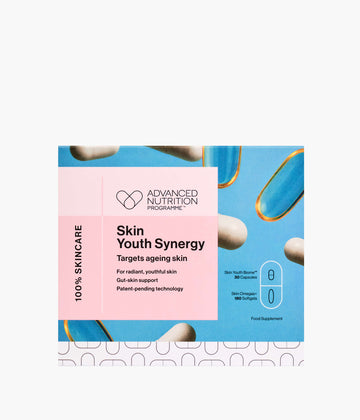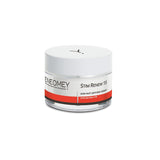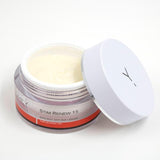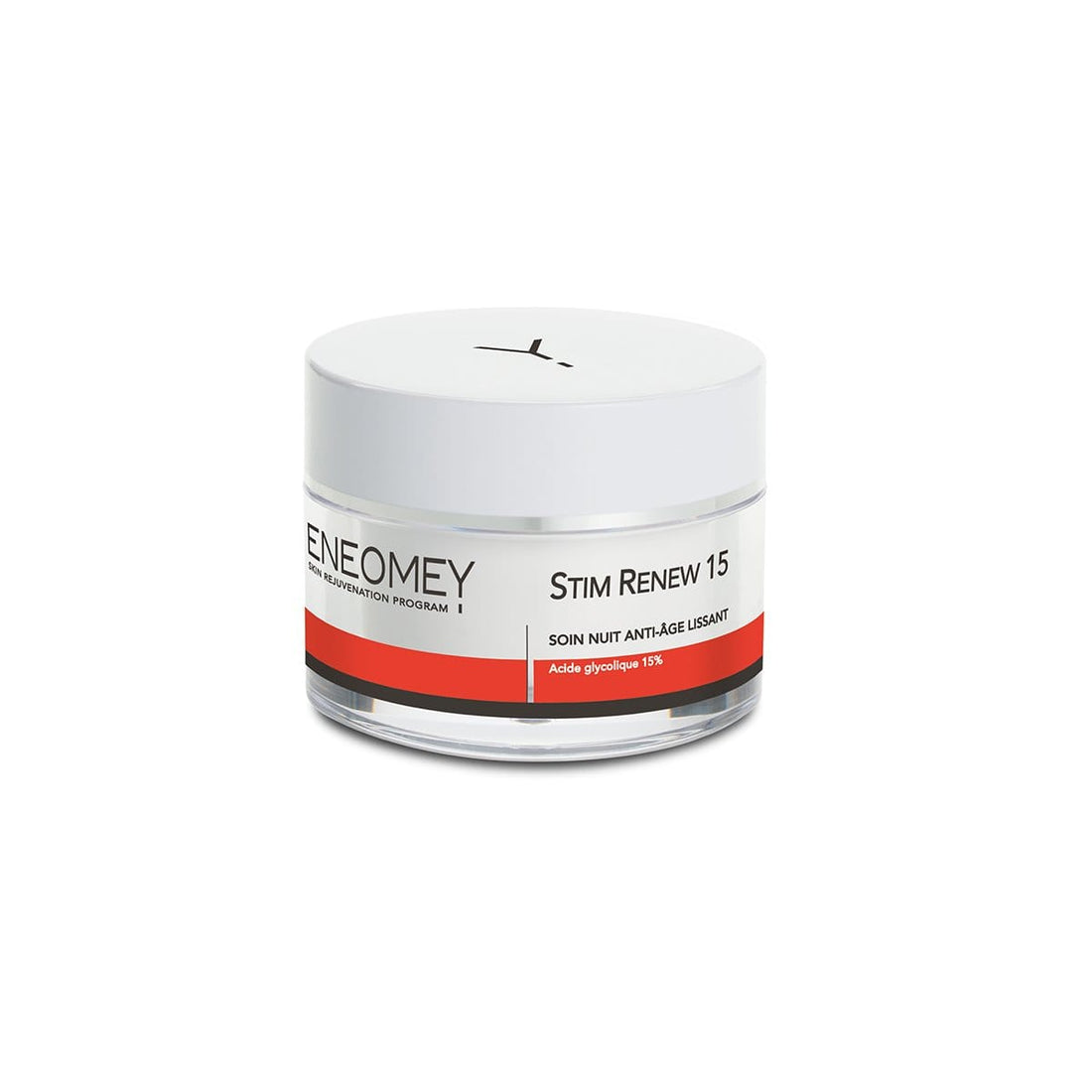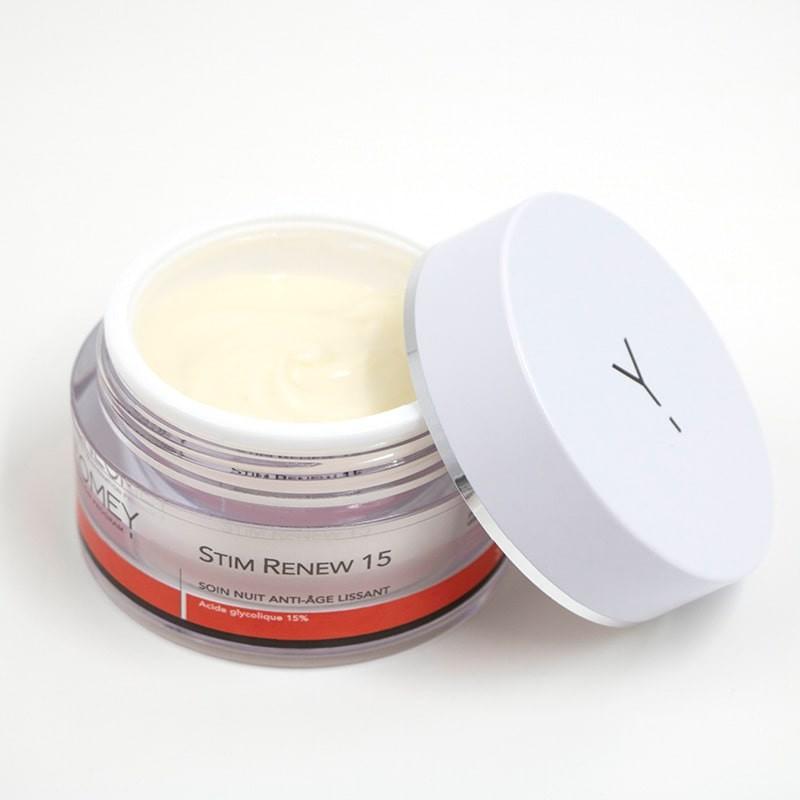Eneomey
Eneomey is a French cosmeceutical brand bridging the gap between aesthetic medicine and daily skincare. Its formulations are designed to stimulate cell renewal, improve skin texture and visibly reduce signs of ageing, drawing on decades of dermatological research. By focusing on actives such as glycolic acid, vitamin C and retinol, Eneomey promotes smoother, brighter and more youthful-looking skin.
The range includes targeted creams, serums and professional peels developed to complement in-clinic procedures or serve as stand-alone treatments. Each product is carefully balanced to achieve maximum efficacy while maintaining skin tolerance, making it suitable for a wide variety of concerns and skin types.
Trusted by professionals worldwide, Eneomey combines scientific precision, clinical testing and elegant textures to deliver powerful results at home. This evidence-based approach empowers customers to extend professional outcomes and maintain healthy, radiant skin every day.






